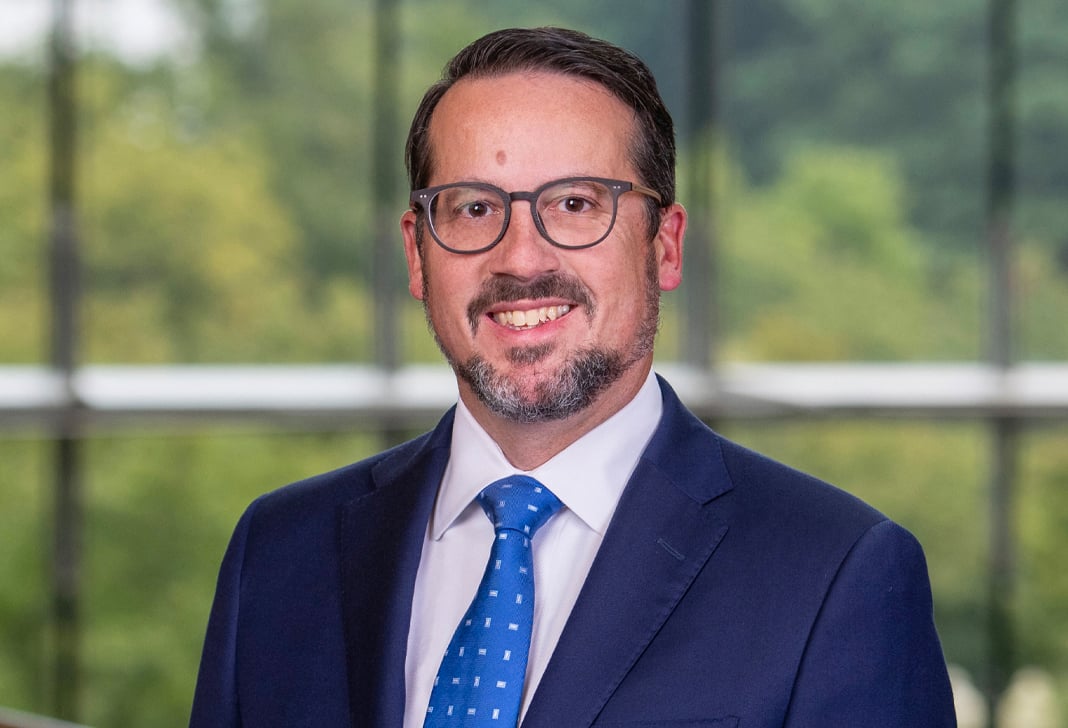
Sustainability in Aviation: Significant Efforts Underway to Reduce Greenhouse Gas Emissions
The aviation industry, including air carriers and aircraft manufacturers, has taken significant steps toward increasing the environmental sustainability of the industry. Overall, many airlines have demonstrated a commitment to sustainability by pledging to achieve carbon neutrality. In October 2021, members of the International Air Transport Association approved a resolution "for the global air transport industry to achieve net-zero carbon emissions by 2050." This article highlights three specific ways by which the aviation industry, as a whole, is moving to achieve carbon neutrality and increase its sustainability: (i) the Carbon Offsetting and Reduction Scheme for International Aviation ("CORSIA"); (ii) investment in sustainable aviation fuel ("SAF") technology; and (iii) the development of electric aircraft.
CORSIA. In 2016, member states of the International Civil Aviation Organization ("ICAO"), the United Nations' body governing international aviation, established the framework for CORSIA, a global market-based measure designed to stabilize carbon dioxide emissions from aircraft. In 2018, ICAO adopted the means to implement the program under which participants will monitor emissions from international flights and acquire carbon offsets for those in excess of a 2019–2020 average emissions baseline. The program, which is voluntary until 2027, is expected to mitigate approximately 2.5 billion tons of carbon dioxide between 2021 and 2035.
Sustainable Fuels. Traditionally, commercial aircraft use "Jet-A" fuel to power their engines, which is a highly refined kerosene-type fuel. In the interest of reducing carbon emissions, the aviation industry has demonstrated a commitment to developing SAF. SAF is "drop-in fuel blending components derived from renewable or waste-based feedstocks that, relative to petroleum-based fuels, provide reduced carbon dioxide emissions."
U.S. air carriers have announced commitments to the development of SAF and investments in companies developing SAF. As an example, Airlines for America's member companies, which comprise the major U.S. air carriers, committed to making "3 billion gallons of SAF available to U.S. aircraft operators in 2030." They intend to work with government and stakeholders to achieve this goal.
The federal government has demonstrated its commitment by establishing a multi-agency effort to expand the production and use of SAF. This "SAF Grand Challenge," a collaboration among the Departments of Energy, Transportation, and Agriculture, is intended to achieve a minimum of 50% reduction in lifecycle greenhouse gas emissions compared to conventional fuel, and meet a goal of supplying sufficient SAF to meet 100% aviation fuel demand by 2050. The agencies have pledged to invest in sustainable technologies, conduct research and development, develop a decarbonization strategy, work with standards organizations, and invest in workforce development, among other items.
Advances in Electric Aircraft Technology. Although all-electric commercial aircraft may not be realistic with today's technology, aircraft and engine manufacturers are working to develop electric aircraft for other uses, in particular Advanced Air Mobility ("AAM"). AAM is an "airborne technology to transport people and goods in new, community-friendly and cost-effective aircraft," which will be able to provide local and regional air transportation. Electrically powered aircraft are at the center of this movement because these aircraft are envisioned to fly from locations close to and within population centers and are therefore desirable from noise, emissions, and sustainability perspectives. Major aircraft manufacturers and smaller specialized companies are developing these aircraft and seeking the certification for them from the European Union Aviation Safety Agency ("EASA") and the U.S. Federal Aviation Administration ("FAA"), as is necessary to carry passengers for hire. There is a precedent for certification of electric aircraft. In June 2020, EASA certified the Pipistrel Velis Electro, a two-seat light sport aircraft.
Other Carbon Reduction Strategies. The aviation industry is also employing other means to reduce its carbon footprint. Airports have switched to renewable energy and increased use of zero- or low-emissions vehicles. To help with those efforts, the FAA provides grant money to airports for sustainability planning, including greenhouse gas inventories, emission reduction initiatives, and air quality projects.
The FAA and the National Aeronautics and Space Administration also recently announced enhancements to software that calculates gate pushbacks to reduce taxi time between pushback and takeoff. This software will have the benefit of reducing emissions from aircraft due to shorter taxi times, thereby saving fuel for airlines and increasing on-time departures.
Summary. The aviation industry, including air carriers, aircraft manufacturers, and companies engaged in emerging technology, has demonstrated a commitment to reducing emissions throughout the aviation system. Achieving these goals will take time because changes to airplanes and their fuel must be shown to be safe before they are implemented. Nevertheless, the actions described in this article are concrete steps toward a sustainable aviation industry.


